- Comfortable
- No power
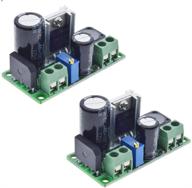
5
·
Very good

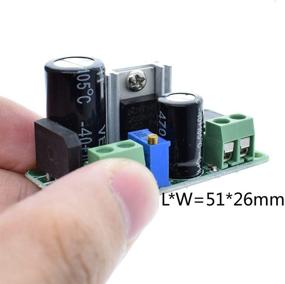
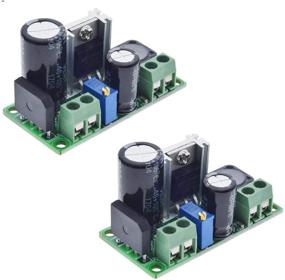

MUSTART Level 2 EV Charger With WiFi, 16/25/32 Amp Smart Electric Vehicle ETL Certified Indoor/Outdoor NEMA 6-50P 25Ft Cable

30 Review
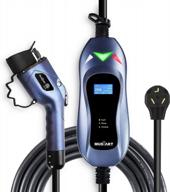
Efficient And Convenient EV Charging With MUSTART Level 2 Portable Charger (240V, 25Ft Cable, 25Amp)

18 Review
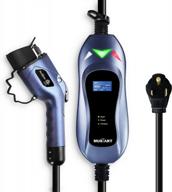
Portable Electric Vehicle Charger (40A, 240V, 25Ft Cable) - Level 2 EV Charging Station With NEMA 6-50P Plug-In For EVs By MUSTART

19 Review
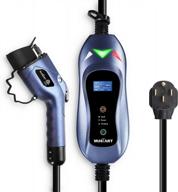
MUSTART Level 2 EV Charger With 240V, 25Ft Cable, And Adjustable Amps (16/25/32) – Portable Electric Vehicle Charging Station With Delay Function And NEMA 14-50P Plug-In

29 Review